When I signed up for ENGl 301, I was taking it only taking it to cover my writing intensive and thought nothing more about it. Thinking the class was only going to talk about how pop culture used rhetoric in it like ethos, pathos, and logos. This goes to show how much I knew back then. What I sign up for was an in depth do it yourself analyzing of artifacts of your choosing for each perspective making you think what tv show, movie, or game would make a great artifact for the perspectival that week. This allow me to, in my opinion, dive deeper into each perspective and how it work because I was already using an artifact that I choose which means I already had a good platform for me to start analyzing it with the perspective and learn how each one persuade or shape our identities.
Rhetoric define in our textbook is messages designed to influence people. As forms of communication evolve, so has the ways rhetoric is used evolve, from how a speech is given to persuade you to move to an underwater city from my first blog post breaking down Andrew Ryan speech at the beginning of Bioshock using the neo-Aristotelian approach to how a story and it characters can teach kids about morals and how the narrative perspective helps people notices how stories can shape people’s morals.
During the course of the class we gain an ”increased awareness of the relationship between the nature and functions of rhetoric,” during which is how sign makes you think of something else and how these sign in groups become symbolical for them. In my blog post looking at the Dark Souls community with symbolic convergence perspective. The community would take voice lines and gestures from Solaire of Astora, a non-player, who the player meets in the game and give new meaning to them inside the community where only they knew them. An example of this the community would use “praise the sun!” gesture where the player makes a Y-shape with their body and stand on their toes. This became a universal sign of hello in the game, because there was no voice chat, but is also used outside of the game in real life to see if other and part of the Dark Souls community. The gesture had no meaning to it when the game came out, but became this icon sign for the community because of one character.
When looking at each perspective to see” how rhetoric act to persuade us and shape our identities” when looking at, Hey Arnold!, for both a blog post and my second essay, I used the narrative perspective which is how through storytelling can conveyed the persuade message by having a moral. I found that, Hey Arnold!, target audience is kids ranging from six to fifth teen watching the show. The show has a linear narrative to allow the viewer to keep track with the story and by using flat character that the viewer know what they are going to do allows the viewer to understand their actions and consequences in the episode and understand the moral because of this.
As my major is photography, I deal with a more visual base medal with little to no text with the image I have to be able to convey my message with only images. Only having an artist statement which talks about the main idea of my project being at most a paragraph to convey the message. I have to rely on symbols in my images for people understand the idea of my project. Even though we didn’t explore the visual perspective chapter in the book because of the virus I looked at it any why because my major is deeply rooted in signs. From reading it I already knew about semiotics. When I’m working on a project I always need to think about the meaning attach to object and how the viewer might understand the message because of object.
After taking these class, I have more of an understanding of rhetorical and how it is deeply rooted in pop culture and after using different perspectival looking at artifacts with all of them being shows, movies, and games that at some part of my life left an impression I now know that rhetorical was a part of this. Going forward from this class I still know I have a lot to learn about rhetorical, but I now know how to look at pop culture in a different perspective now.


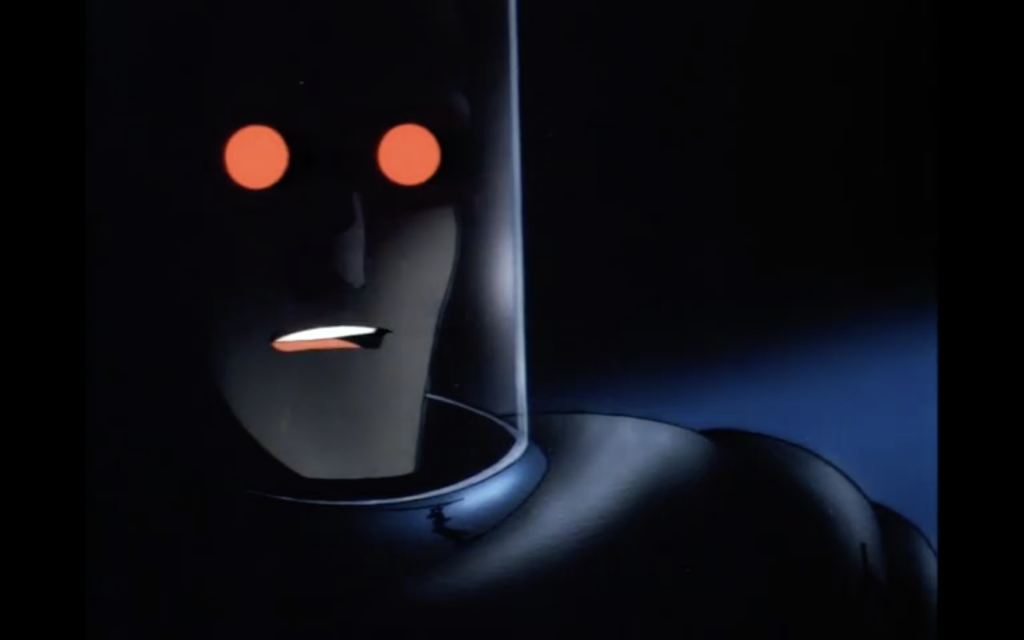
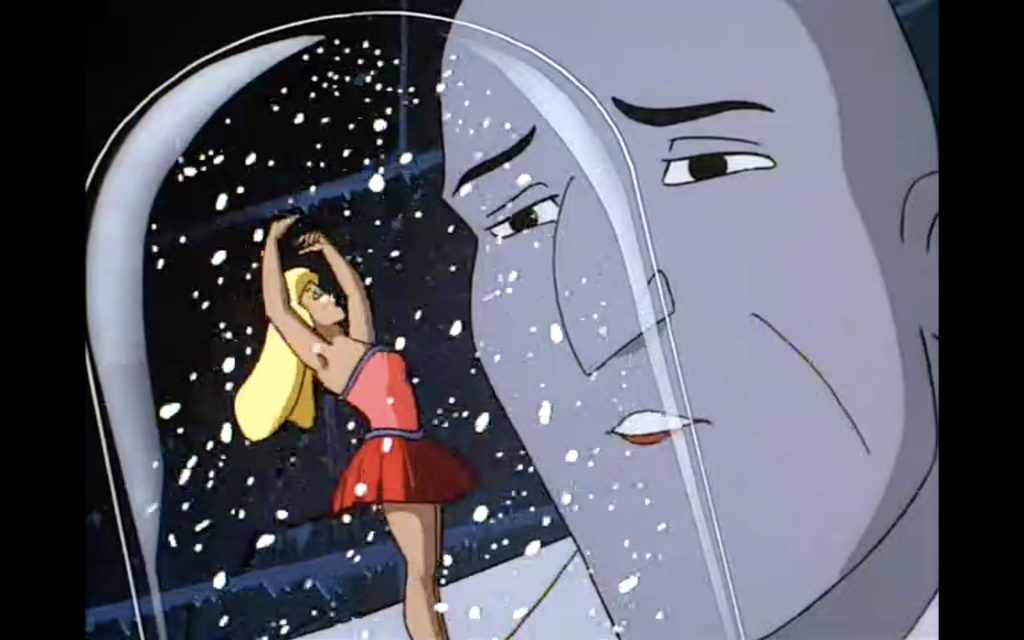
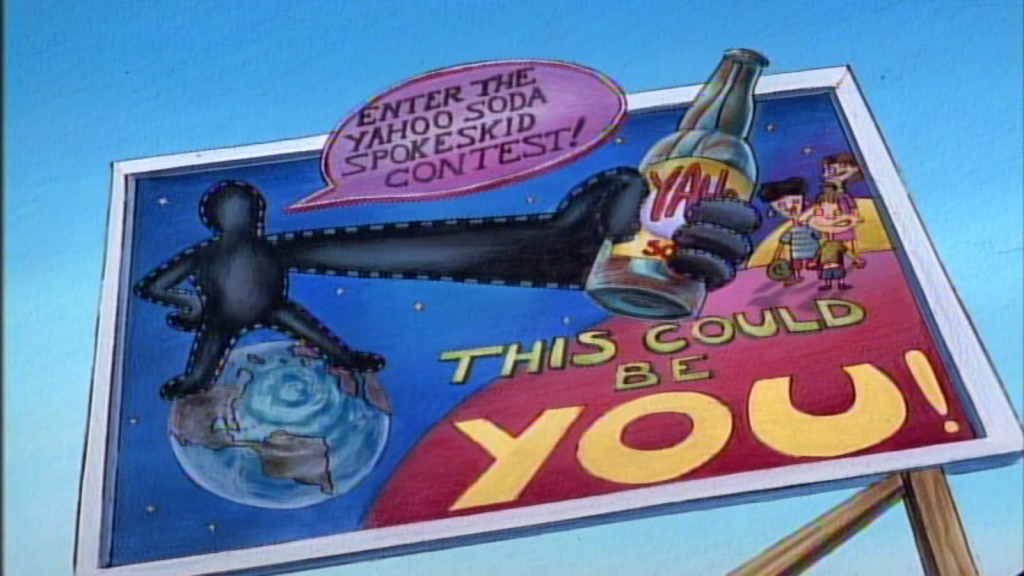
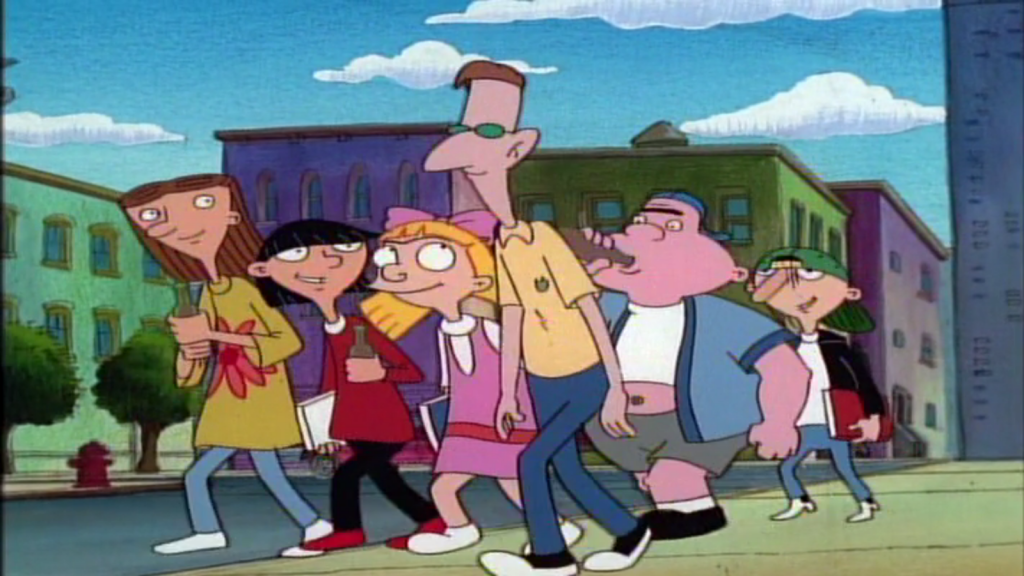 Screenshot from Hey Arnold!
Screenshot from Hey Arnold!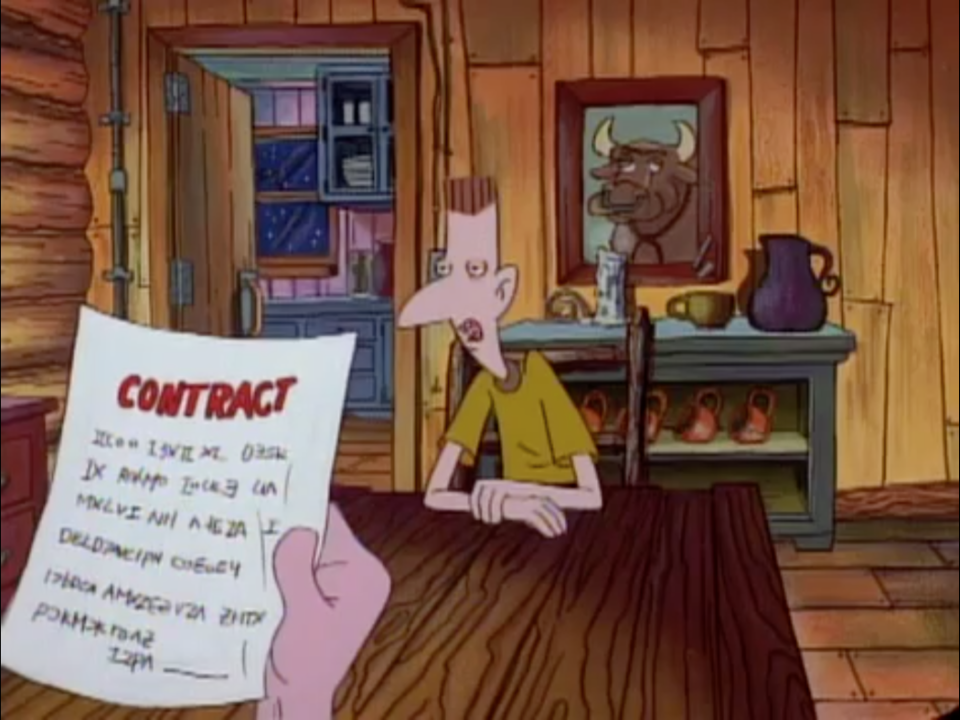 Screenshot from Hey Arnold!
Screenshot from Hey Arnold!
